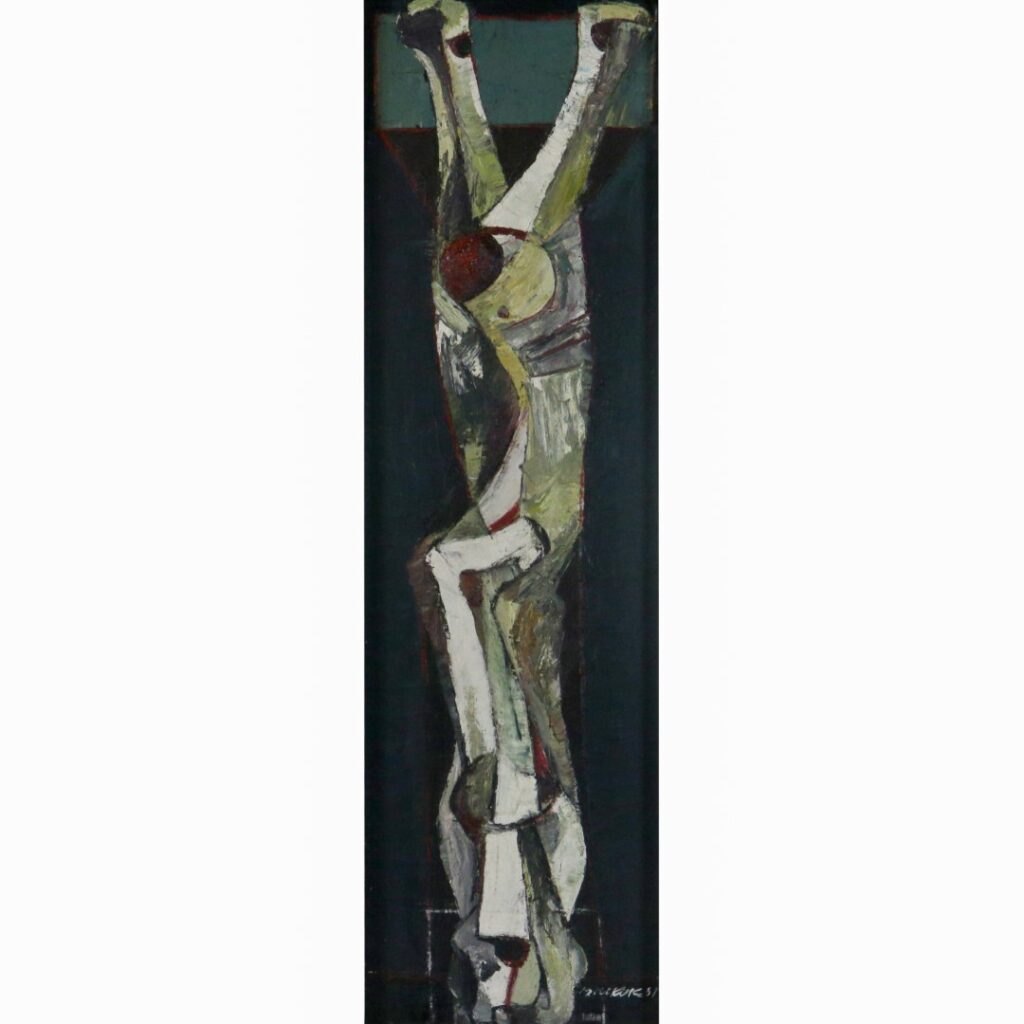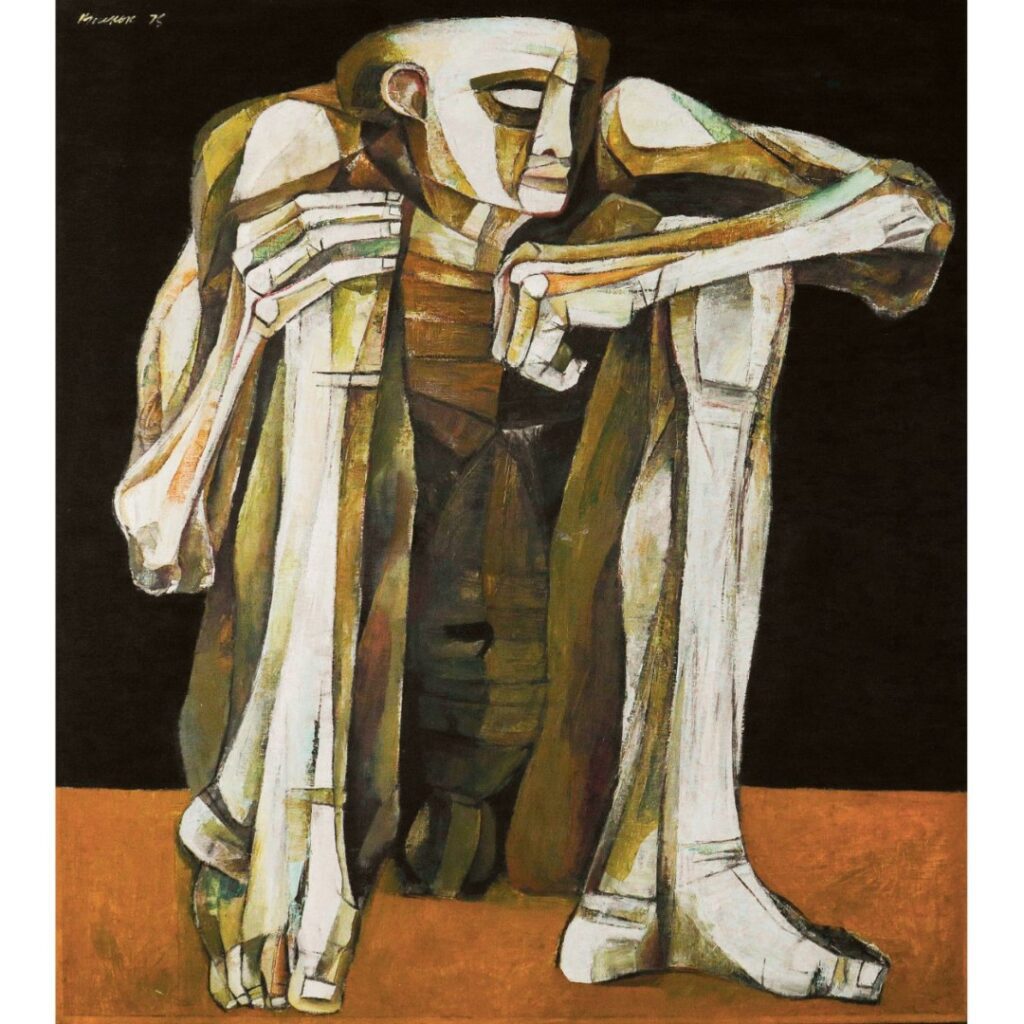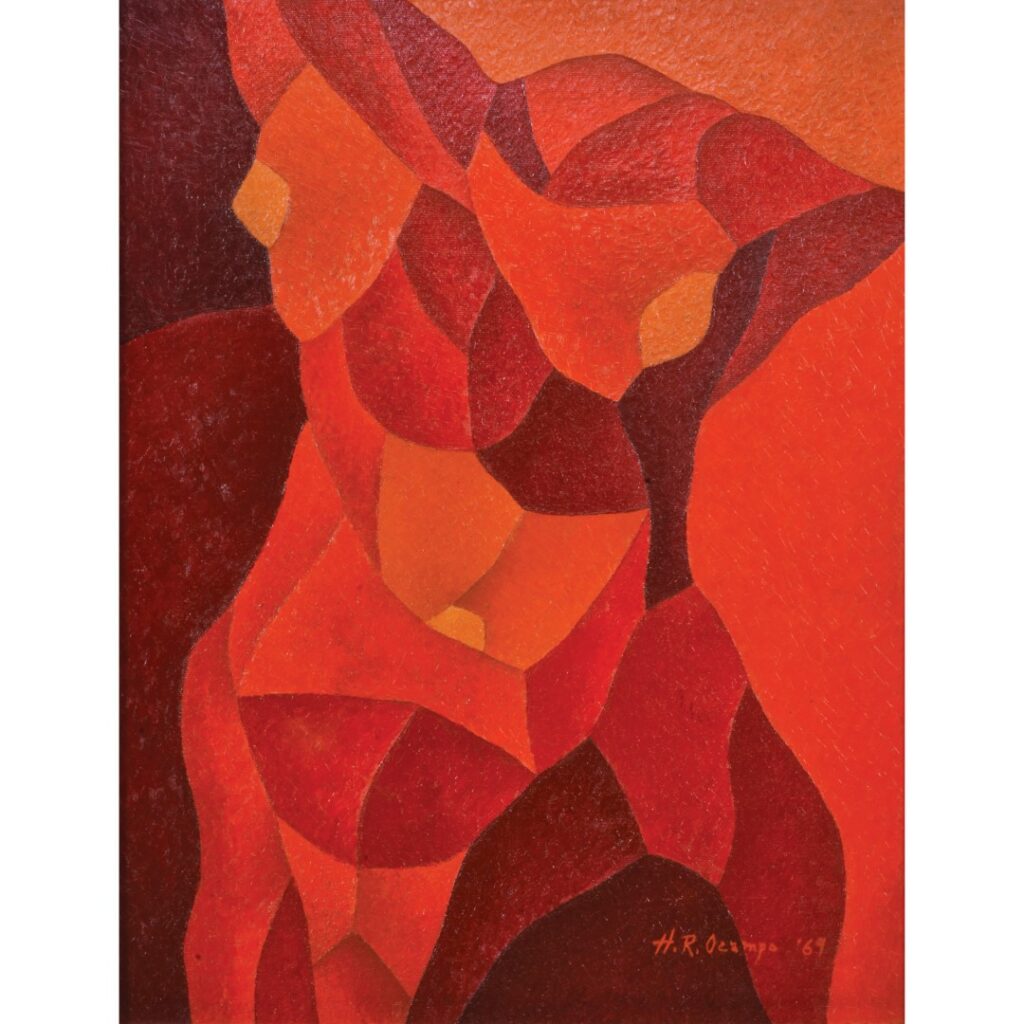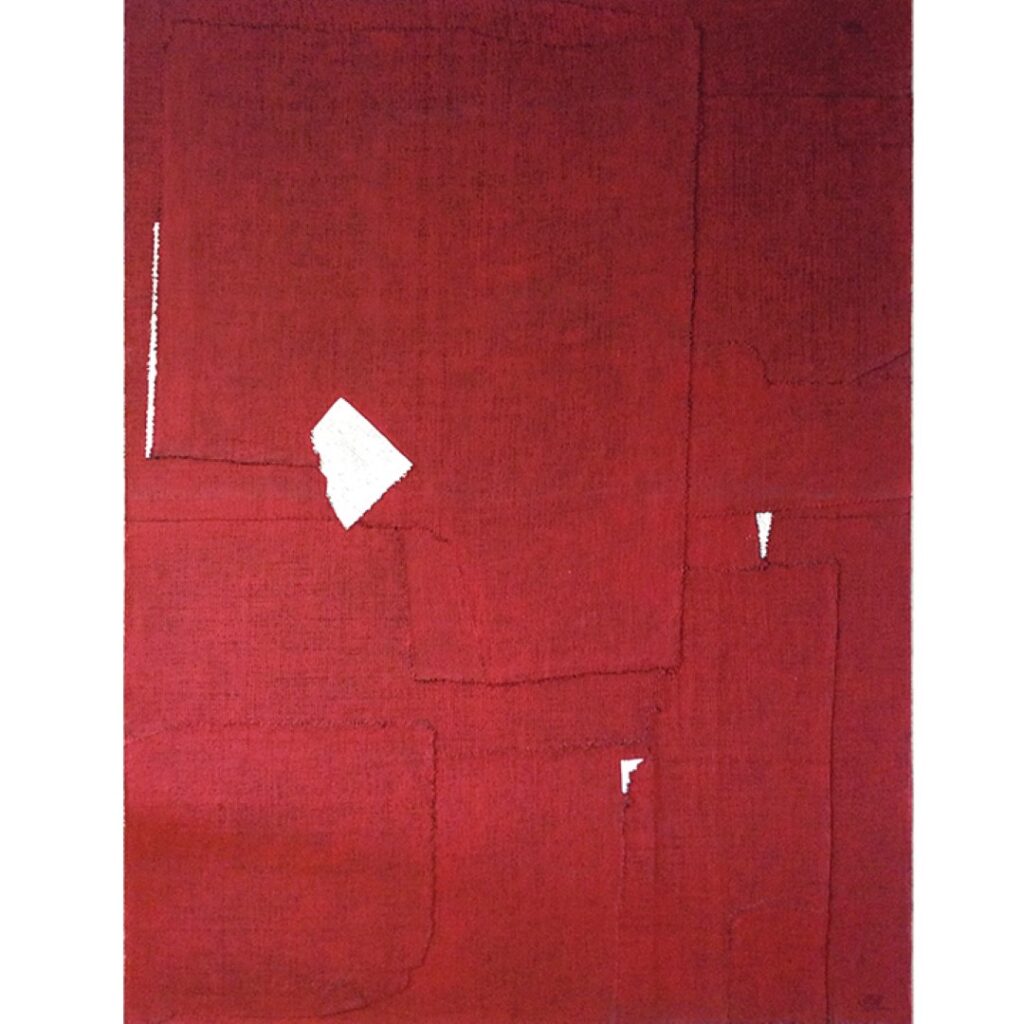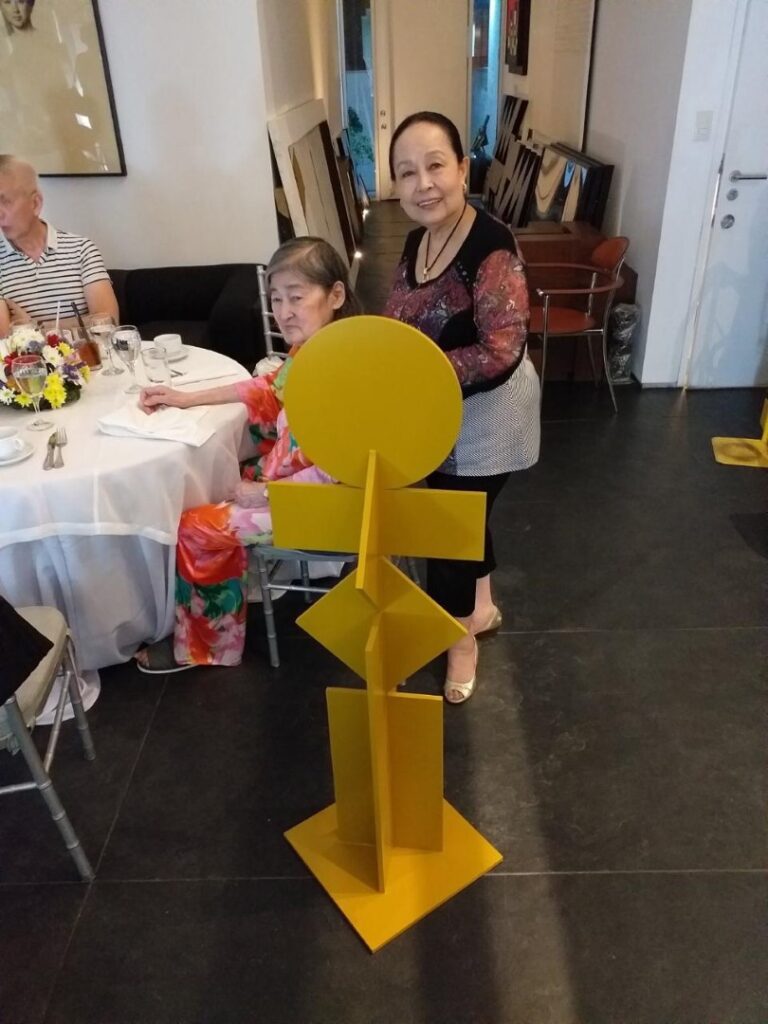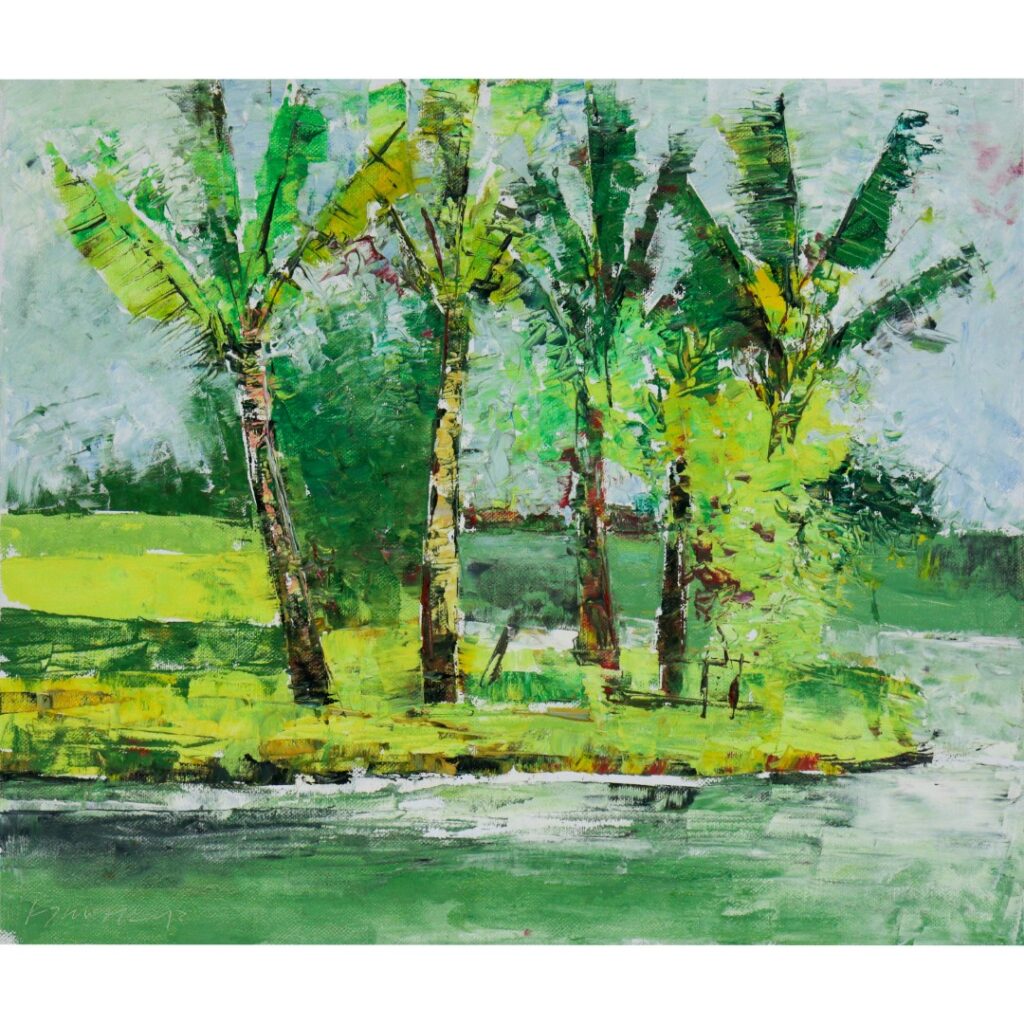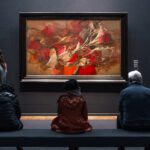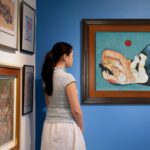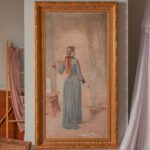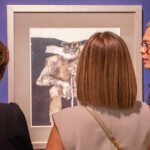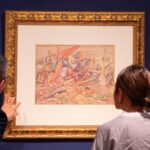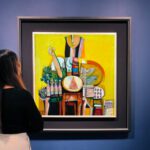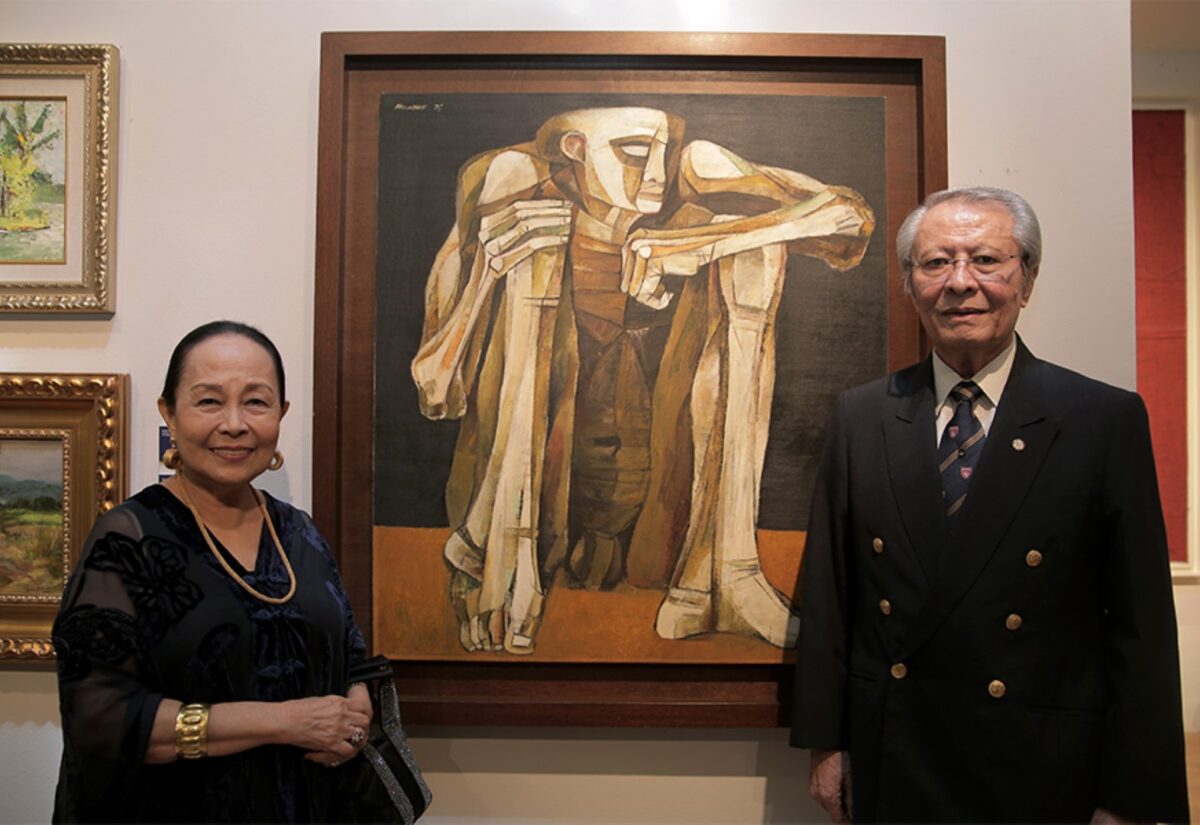
Legacy Redefined: How Celia Molano Changed the Course of Philippine Art and Other Stories
- 6 March 2020
To collect art is to collect stories. When one acquires an artwork, one inevitably becomes a part of that piece’s history and vice versa. It’s part of the excitement of encountering pieces at auction. Such is the case with a number of highlights from Salcedo Auctions’ upcoming ‘Important Philippine Art’ sale on March 14. With over one hundred works up for auction, the line-up features not only the biggest names, but also the fascinating stories behind them.
Renowned jeweler Celia Molano was only doing her friend Priscilla Chiongbian a favor when she agreed to help a stranger of Chinese origin retrieve his confiscated documents from the Bureau of Immigration. ‘At that time I didn’t even know who he was. I didn’t even know he was a painter,’ says Molano. It was only afterwards that she found out the identity of the man she’d helped.
Little did Molano know that her act of kindness arguably changed the course of Philippine art history – and the beginning of a lifelong friendship with a simple and quiet man who would be National Artist – Ang Kiukok.
She recounts that while Ang already had serious collectors at that time, ‘[his] works did not appeal to so many people at that time because it was something very different.’
But his bold strokes and deep color palette appealed to her and her husband Joe, so they started collecting him as well. Molano recounts how her husband, while waiting for his next assignment at the United Nations, asked Ang if he could paint something to capture the anticipation of that period. ‘He one day brought it to our house and said, ‘This is what I thought was the waiting man,’ she says. ‘And that was probably my husband that he had in his mind.’ Kiukok’s use of earthy tones lend an almost melancholic air to the seated figure in the painting, foregrounded against an almost-greenish orange surface that contrasts against the blue and pink undertones in the man’s skin. Knowing the story behind this piece gives viewers a striking new insight into and appreciation for Kiukok’s figure, whose backstory infuses it with even more life.
Other major highlights featured in the ‘Important Philippine Art’ auction are pieces Molano encountered thanks in part to her connection with the artists of the Saturday Group and the collectors who kept them company. ‘The art community back then was not as big as it is today,’ says Molano. ‘[But] they were all friends.’ Included here is Arturo Luz’s singular 1979 red burlap piece ‘Nikko Revisited,’ which he sold to her as he was moving out of his house in Urdaneta Village; Ang Kiukok’s 1981 ‘Crucifixion,’ and H.R. Ocampo’s stunning 1969 oil on canvas ‘Bosquejo II.’
A similar story of friendship accompanies another Kiukok piece included in the sale, this one an unusual oil on canvas from 1992. An exceedingly rare landscape by the figurative expressionist, this painting of trees was actually created during one of the Saturday Group’s weekly art sessions, when Ang returned the favor after having borrowed art materials from the seller of the painting – a lady who painted with the group and was hosting them in her plush residence. The result is a sunny depiction of the Corinthian Gardens Village park: an exceptional work made even more unique because it was made in grateful appreciation.
‘Part of the excitement of collecting a piece is finding out the story unique to each one,’ says Salcedo Auctions Chairman & Chief Specialist, Richie Lerma. ‘We’re very excited to be offering such a variety of pieces, each with their own rich history which goes on to become part of their new owner’s story.’
